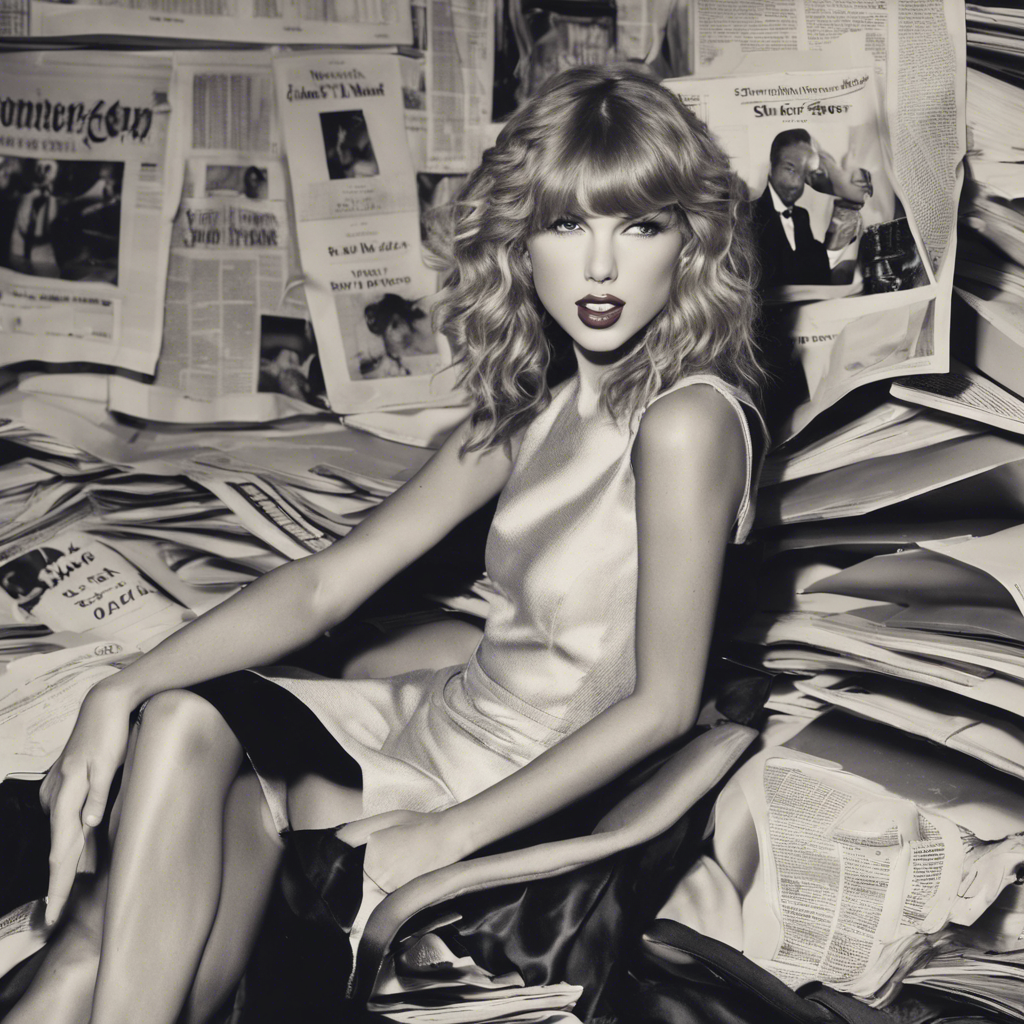Controversial New York Times Opinion Piece on Taylor Swift’s Sexuality Sparks Backlash

Swift’s associates criticize the article, questioning its appropriateness and double standards.
A recent opinion piece published in The New York Times has ignited a firestorm of controversy surrounding pop superstar Taylor Swift. The article, which speculates about Swift’s sexuality, has drawn criticism from Swift’s associates, who argue that it crosses ethical boundaries and perpetuates double standards. This incident raises important questions about journalistic integrity and the treatment of celebrities in the media.
The Taylor-shaped Hole in People’s Ethics
According to a source close to the situation, who spoke on the condition of anonymity, the article targeting Swift would not have been written about a male artist like Shawn Mendes. The source argues that there is a double standard when it comes to discussing the sexuality of female artists, particularly Swift, whose success seems to create a “Taylor-shaped hole” in people’s ethics. The article’s invasive, untrue, and inappropriate nature is seen as a consequence of this double standard.
The 5,000-Word Piece and LGBTQ References
The controversial opinion piece, written by Anna Marks in The Times’ opinion section, delves into Swift’s songs and performances, highlighting various LGBTQ references. Marks suggests that these references indicate Swift’s identification with the queer community. She argues that Swift has been subtly signaling her queerness for years, long before it became marketable to mainstream America. The article asserts that these signals speak to queer individuals, conveying that Swift is one of them.
Swift’s Support for the LGBTQ Community
Swift has been a vocal supporter of the LGBTQ community, using her platform to advocate for their rights. She has taken stands against anti-gay bills and created a safe space for LGBTQ individuals at her concerts. However, Swift has consistently denied being a member of the LGBTQ community herself. In a 2019 interview with Vogue, she explained that she aims to be an ally to the community, recognizing the importance of supporting marginalized groups even if she is not personally part of them.
Swift’s Reflections on Speculation
In the prologue to her re-recorded album “1989,” Swift addresses the constant speculation about her romantic relationships. She writes about surrounding herself with female friends to avoid sensationalization and sexualization. However, she acknowledges that society still finds ways to twist narratives. This reflection highlights the challenges faced by celebrities in maintaining their privacy and dealing with relentless speculation.
The Unusual Publication of the Article
It is highly unusual for a reputable news organization like The New York Times to publish an article speculating on a person’s sexuality, especially when the individual has previously denied such insinuations. The decision to publish the piece on Swift has been met with criticism from readers and Swift’s associates. The article’s questionable assertions were preemptively addressed by Marks, who acknowledged the reservations surrounding the topic but argued for the importance of recognizing the possibility of queerness.
Conclusion: The controversy surrounding the New York Times opinion piece on Taylor Swift’s sexuality raises important questions about journalistic ethics and the treatment of celebrities in the media. Swift’s associates argue that the article represents a double standard and crosses boundaries that would not be crossed when discussing male artists. The incident serves as a reminder of the challenges faced by public figures in maintaining their privacy and the responsibility of journalists to approach sensitive topics with care. As discussions surrounding celebrities’ personal lives continue, it is crucial to strike a balance between respecting their boundaries and addressing important cultural conversations.

